Wanting students to pay attention to the problem of pollution, I gave the following assignment: “As a resident of a city with one of the world’s most alarming air quality, what can you do? Write an 800-1,000 word commentary for a youth newspaper, warning about the increasingly serious air pollution situation.” With the notes “Use published books and newspapers as evidence” and “Absolutely do not use artificial intelligence applications to do the test.”
 |
Journalist Nguyen Manh Ha took a photo with two famous singers Khanh Ly and My Linh backstage at a music show. Photo: NVCC |
Of course, this assignment is not easy for first-year journalism students to complete in 150 minutes. However, I do not require the output to be published articles, but mainly for them to express their thoughts and wishes about the current environmental situation that they are experiencing. The candidates' faces all showed tension while doing the assignment, but no one used up all the time.
When I used S - another artificial intelligence application to test the level of AI usage, A's paper was concluded as "0% of the text is likely to be generated by AI". B's paper was said to be 18% likely to be generated by AI, with 2 paragraphs suspected of "AI plagiarism" highlighted in yellow. So it is not possible to base on S's clear conclusion of error. In addition, students can completely use other applications or add to the topic before submitting to the application to increase the level of personalization of the writing. This leads to the grader not being able to control everything.
When grading papers, I was initially pleased that the quality of the papers was much better than the midterm exam 6 weeks earlier. I was sure that my teaching was effective. Some papers were very closely related to the topic. Like student A who naturally opened his essay: “Every morning I wake up, pull the curtains, look out and see a hazy gray covering the city. It’s not morning fog, but smog. I open the air quality check app and am not surprised to see that the AQI (air quality index) continues to be at hazardous levels.”
The writing style of the entire article is concise and consistent like that. Having just graduated from high school, being confident in using the word “I” and presenting one’s opinion on an issue that the whole society is concerned about is quite good. Then I saw that tone again in B’s article: “This morning, like every morning, I opened the AirVisual app and saw that the AQI index in Hanoi was over 230, the warning level of ‘very harmful to health’. This is no longer strange to me. The sky was gray, the fog was thick but not fog, but PM2.5 fine dust. I put on a mask, stepped out into the street, squeezed between the stream of motorbikes belching smoke, and suddenly thought: What am I breathing in? And why… am I getting used to it?”.
Both A and B suggest that people install air quality monitoring apps. Neither calls for reforestation or, for example, more trees in the city, but only indoor or outdoor plants. And C also explicitly states that it is only for balconies, so I am starting to get suspicious.
At this point, I tried to give my exam to ChatGPT. In less than three minutes, I had nearly 900 words in the form of bullet points. The “sample essay” began like this: “Waking up one winter morning in Hanoi, I pulled the curtains open and saw the whole city covered in a thick layer of fog. No, it was not the romantic morning fog in poetry, but fine dust - an invisible enemy that is silently attacking the lungs of millions of urban residents.” It can be seen that A only needed to slightly edit this content to have an introduction for himself.
And here, a bunch of solutions ChatGPT proposed in just one sentence: “Do not burn garbage, plant more trees on the balcony, use energy-saving devices, and reduce electricity consumption…”. B showed that he knows how to “apply” AI, when he interspersed: “You can absolutely walk or ride a bike for short distances, limit the use of air conditioning when not necessary, plant more trees on the balcony, terrace, choose a low-consumption lifestyle”. Also carefully change “in” to “at”. In the past, two similar test papers would be considered to be copying each other. But nowadays, it is more likely that the candidates are using the same AI software.
As a visiting lecturer, I called the vice dean to ask about the school’s handling of this situation. She expressed that she was also having a headache, not knowing what to do, as graduation theses are often written by AI. Then she asked me how the editorial board would handle reporters who use AI to write articles… I wonder when the editorial board will find out?
Anyway, it is time for newsrooms to draw the boundaries of collaboration with AI in the work of reporters. For now, it is still a matter of personal decision and choice. Because the title of the article submitted to AI will then be known only to the reporter.
Source: https://tienphong.vn/sinh-vien-bao-chi-nhin-bai-ai-post1752094.tpo



![[Photo] 60th Anniversary of the Founding of the Vietnam Association of Photographic Artists](/_next/image?url=https%3A%2F%2Fvphoto.vietnam.vn%2Fthumb%2F1200x675%2Fvietnam%2Fresource%2FIMAGE%2F2025%2F12%2F05%2F1764935864512_a1-bnd-0841-9740-jpg.webp&w=3840&q=75)


![[Photo] Cat Ba - Green island paradise](/_next/image?url=https%3A%2F%2Fvphoto.vietnam.vn%2Fthumb%2F1200x675%2Fvietnam%2Fresource%2FIMAGE%2F2025%2F12%2F04%2F1764821844074_ndo_br_1-dcbthienduongxanh638-jpg.webp&w=3840&q=75)



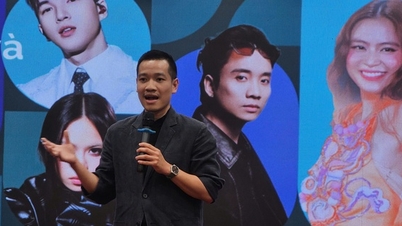

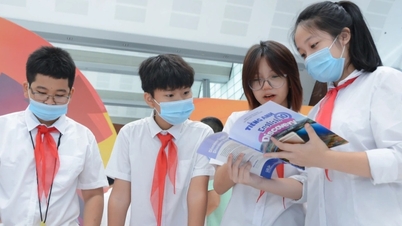



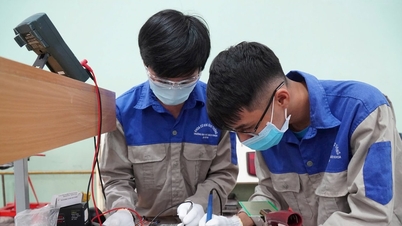

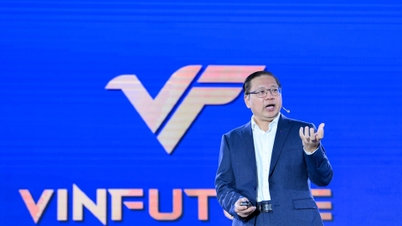









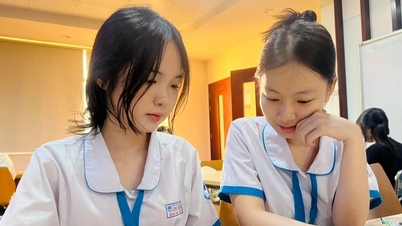




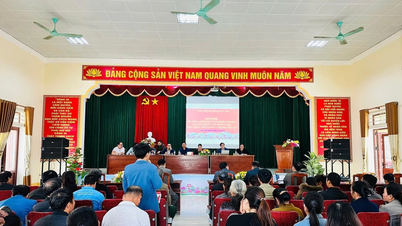


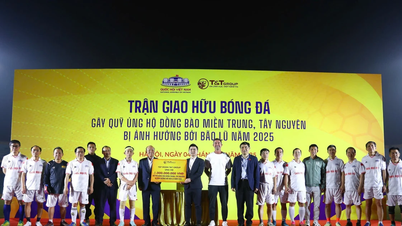




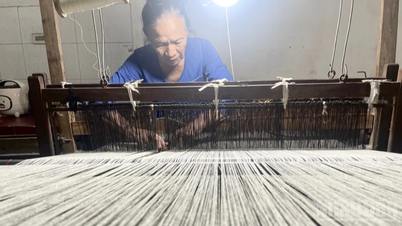
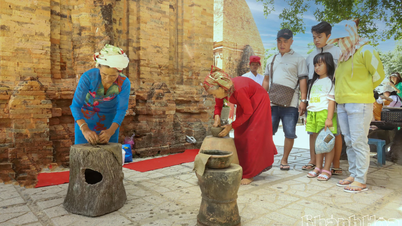








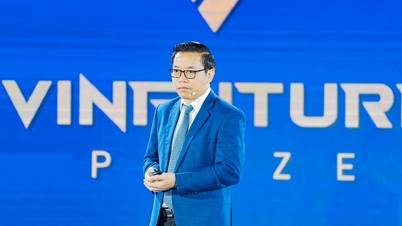
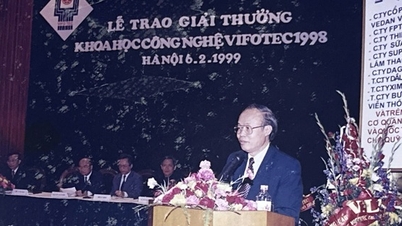

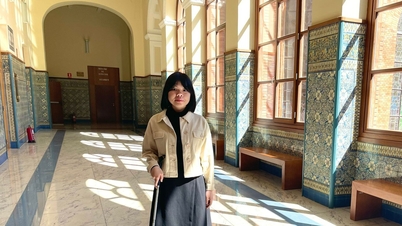



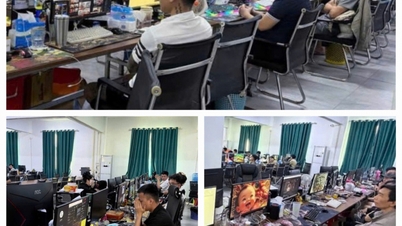






















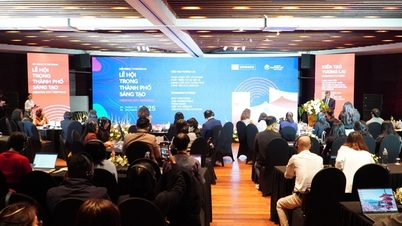











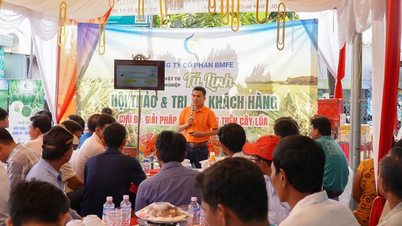

















Comment (0)